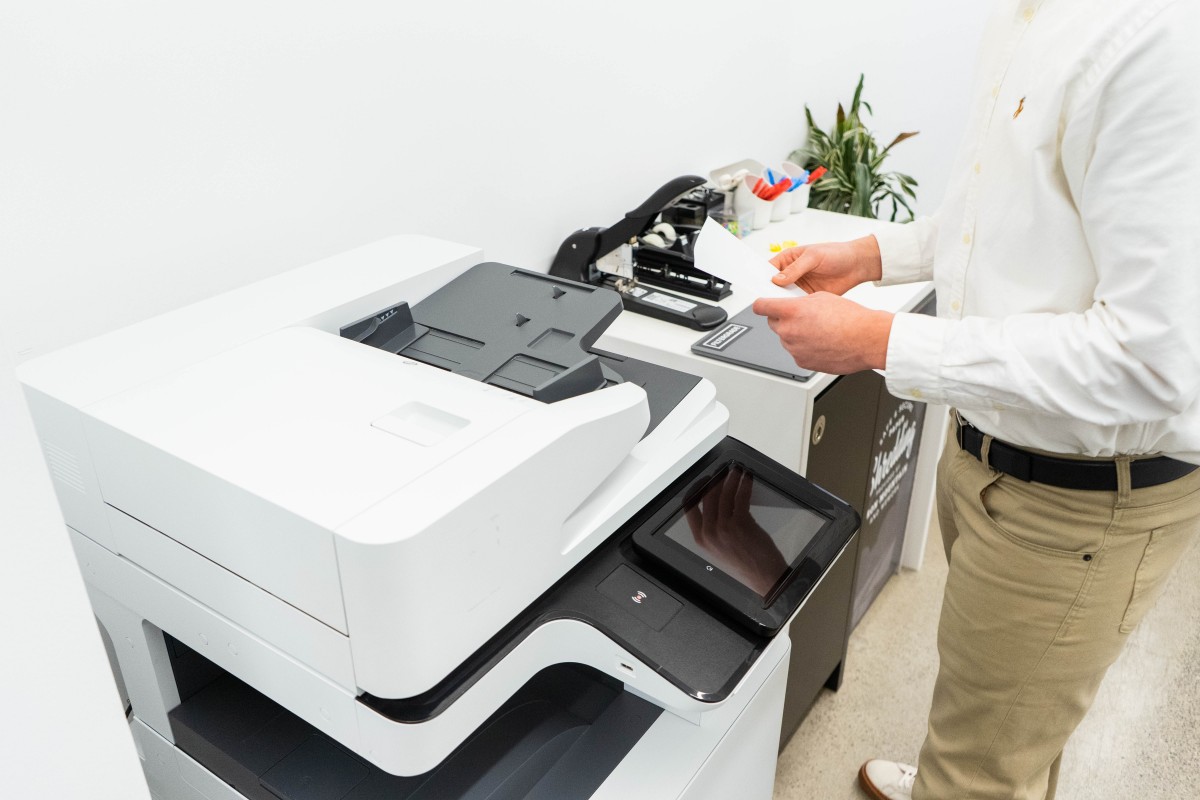What Is a Good Resolution and Print Speed for a Printer?
Contents
The resolution or print quality
The flow or speed of printing
The resolution or scanning quality
Whatever its category or technology, a printer is characterized by its print quality and print speed. Let’s see closer below.
The resolution or printing quality
The resolution, also called optical resolution or print quality, is expressed in dpi (dot per inch); it is the number of dots that your printer will be able to write on the support over a distance of 2.54 cm, i.e.,,, one inch.
The higher this number, the higher the resolution and the more detailed the images.
Good to know: Most printers have a resolution that can reach up to 5760 x 1440 dpi (black and white) and 9600 x 2400 dpi (color). However, these figures must be put into perspective because the type of printing (laser, inkjet, or thermal) also affects the print quality.
The thermal printer often has an excellent print quality for photos, unlike the laser printer, which has a good print quality for text or graphic documents.
To have a good idea of the print quality according to the type of printing, here are some examples:
One considers that 300 dpi must print a text in black and white very correctly.
For a color image, you need at least 600 dpi.
To print a 10 cm x 15 cm photo with a thermal printer, 300 × 300 dpi is excellent quality.
Attention: Check the terms around the resolution on the product sheets: some retailers speak of “interpolated resolution” and not optical resolution (interpolation consists of adding intermediate pixels between the real pixels by calculating the average of the colors of the surrounding pixels), which makes it possible to artificially inflate this number.
The flow or speed of impression

The speed of impression, also called flow, is expressed in number of pages per minute (ppm) or number of images per page (ipm). These 2 units are equivalent, but one often allots the pages per minute (ppm) to the impression in office automation (sheets to be printed) and the images per minute (ipm) to the impression of the photographs.
This printing speed depends on laser, inkjet, or thermal type of printing. Generally speaking, the laser printer is faster than the inkjet printer, which is faster than the thermal printer.
Good to know: The maximum speed for a laser printer is about 40 ppm; it is about 20 ppm for an inkjet printer and about 2 ipm for a thermal printer.
The printing speed also depends on whether you are printing in monochrome or color.
To have a good idea, we consider that the standard speeds are:
- 18 ppm for a laser printer
- 10 ppm for an inkjet printer
- 1 ipm for a thermal printer
Attention: Check the terms around the speed values indicated: some retailers mention the speed in draft mode or even the nominal speed of the drive rollers, which makes it possible to inflate these values artificially. The ISO/IEC 24734 standard has been created to regulate these values, but it is not mandatory.
The resolution or quality of digitization
For the multifunction printer, the quality of digitization, also called the resolution of digitization, relating to the scanner function is added.
It is expressed in dpi (dots per inch); it indicates the number of pixels digitized on support and displays on the screen.
The higher the number, the better the scanner will discern distinct details in a document or image.
To have a good order of ideas, one considers the following values:
- 300 dpi is necessary for a text document
- At least double that for a color image
- 1200 x 2400 dpi for a color photo in 10 cm x 15 cm format
Good to know: Regarding quality or precision, the exact terms are “points” for the printing function and “pixels” for the scanning function. However, on most product sheets, the scanning resolution is expressed in dpi.
The scanning speed is very little mentioned in the product sheets because it is mainly related to professional multifunction printers.

